“Real innovation must serve both people and the planet, enabling a balance between development and sustainability.Each Tongwei module is more than a solar product. It is a living part of the energy system,” said Liu.












“Real innovation must serve both people and the planet, enabling a balance between development and sustainability.Each Tongwei module is more than a solar product. It is a living part of the energy system,” said Liu.

The Storage, Renewable and Electric Vehicles Integration Forum begins today, bringing together IRENA, leading European energy associations, and top technology providers to outline the region’s path toward 2030. The two-day virtual event is free to attend and will address renewables, battery storage and eMobility in depth.

With a stable production capacity of 30 GW and a presence in over 90 countries, Yingli Solar is banking on technological efficiency and financial strength to maintain annual sales of 25 GW—20% of which are destined for Europe. “Our goal is to keep growing through strategic partnerships,” said the company’s Executive Director for Latin America and Spain.
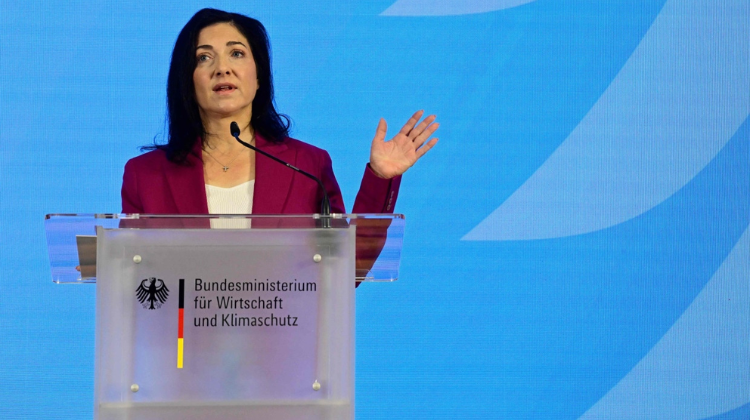
In her inaugural speech, Germany’s new Federal Minister for Economic Affairs and Energy, Katherina Reiche, warned that renewables alone cannot guarantee secure electricity supply, and proposed the swift tendering of up to 20 GW in thermal power plants and grid flexibility measures to stabilise power prices.

Offshore installation works for the first in the world offshore solar+wind project have commenced. The Hollandse Kust Noord offshore wind farm, operated by Crosswind, is located 22km offshore in the Dutch North Sea and is the location where this offshore solar innovation will be operating.
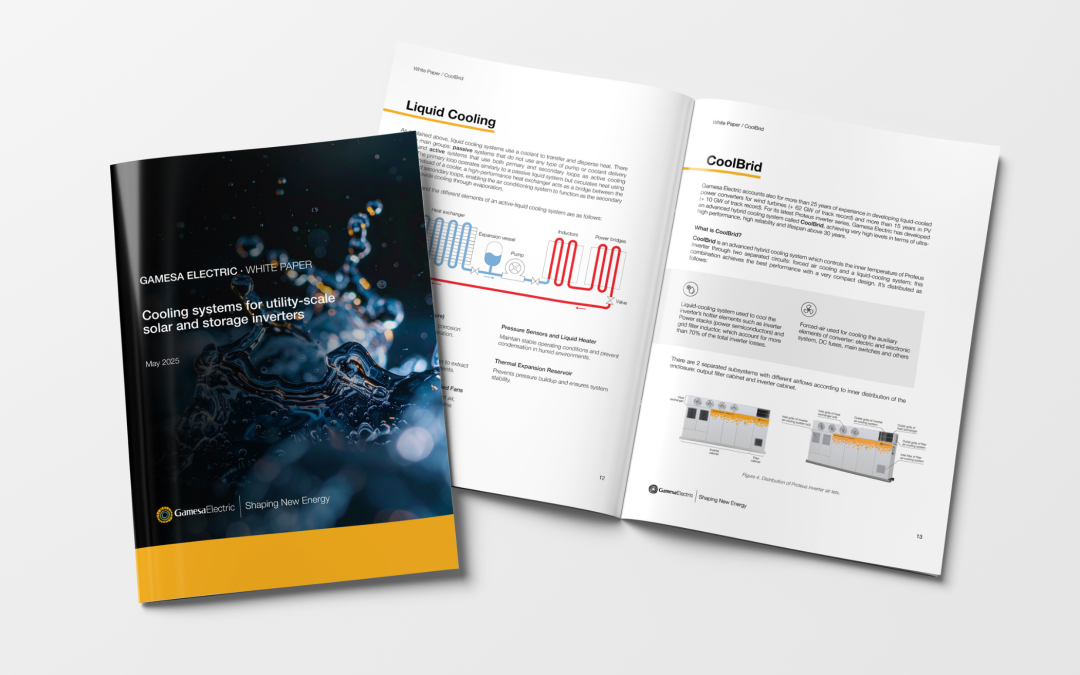
The white paper explores the evolution of cooling technologies, comparing traditional air and liquid cooling methods, and introduces CoolBrid, Gamesa Electric’s advanced hybrid cooling system developed for its Proteus inverter series.

Guatemala’s Minister of Energy and Mines, Víctor Hugo Ventura, and Dimas Carranza, Head of Regulation and Tariffs at Energuate, will participate in the Future Energy Summit Iberia (FES) 2025 to showcase the country’s renewable energy potential and present the details of a competitive bidding process expected to drive more than $5 billion in investments.

The opening session will feature an exclusive interview with Norela Constantinescu, Acting Director of the IRENA Innovation and Technology Centre. She will outline the technologies expected to lead in 2025, the role of battery storage in this critical decade, the emergence of green hydrogen, and how trends in LCOE for solar and wind may evolve amid market volatility. Free registration is still open.
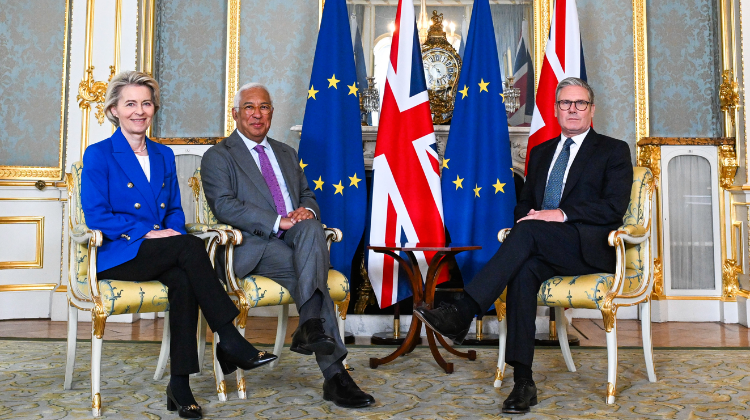
The historic summit between the United Kingdom and the European Union marked the beginning of a strategic partnership in the energy sector. The agreement aims to integrate electricity markets, stabilise prices, strengthen energy security, and promote investments exceeding €150 billion in renewable energy. “This is a key step to secure clean, affordable, and homegrown energy,” highlights the President of the European Commission.
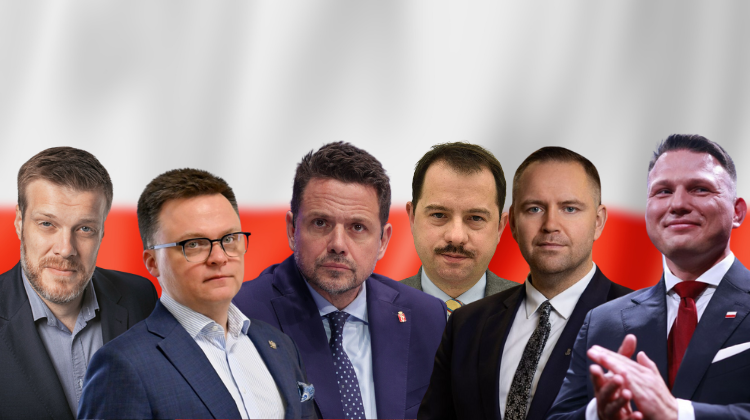
With the energy transition taking centre stage, Poland’s presidential candidates present divergent proposals ranging from achieving 70% renewable electricity by 2030 to defending fossil fuels. This election will shape the country’s future relationship with the European Union and its climate strategy.
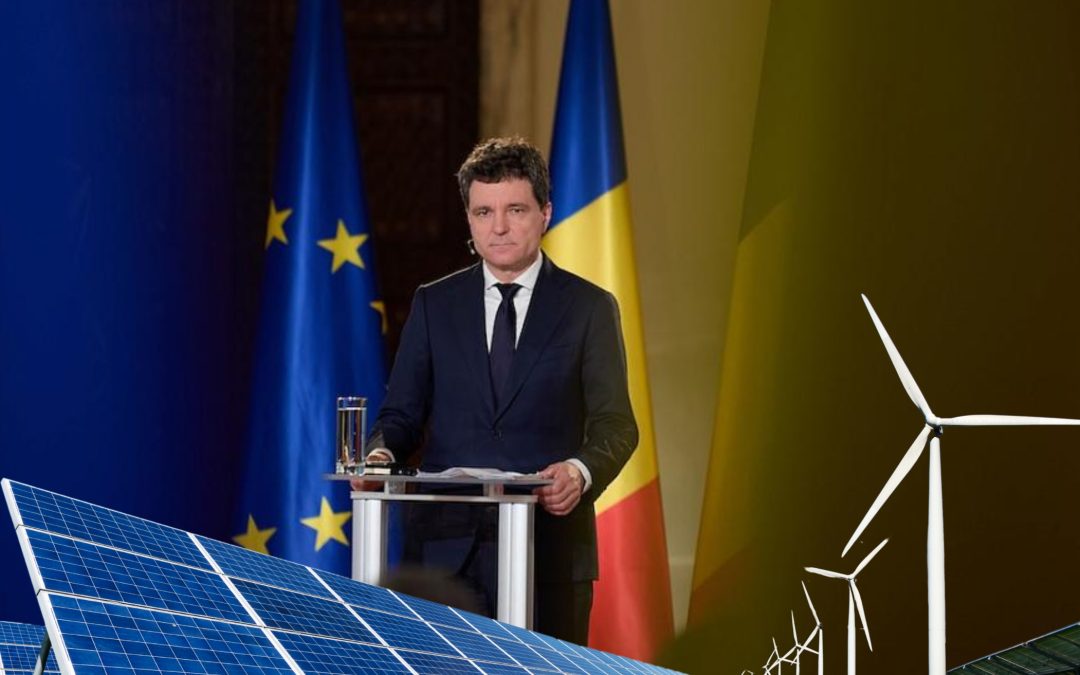
Industry leaders anticipate greater predictability in energy policies aligned with the European Union, key factors in driving investment in solar and storage projects, following the recent election results. Speaking to this outlet, Radu Eremciuc, a business investor in PV and BESS storage, points out that more than €2.2 billion in European funds will be crucial to driving these advances.

During the latest edition of InterSolar, APsystems unveiled its renewed portfolio of solutions integrating energy storage and smart energy management. Maxime Boiron, Global Marketing Director, stated in an exclusive interview with Strategic Energy Europe that the company’s strategy focuses on maximizing the self-consumption rate through AC-coupled systems and new applications powered by artificial intelligence.

In total, Solar Steel will supply 97 MW of its technologies, including more than 2,800 next-gen 1P solar trackers and over 250 fixed-tilt structures, specifically designed to adapt to the steep and varied terrain of the Italian landscape.

The sharp drop in electricity prices across Europe, including record-breaking negative values in the Iberian Peninsula, highlights the growing mismatch between renewable generation and absorption capacity. At FES Iberia 2025, industry leaders will tackle the challenges of storage, regulation and investment.

With just 838.5 MW of new solar capacity installed in April 2025, Germany’s photovoltaic market remains stagnant. While rooftop solar demand continues to weaken, plug-in solar devices are gaining momentum, according to the Federal Network Agency (Bundesnetzagentur). To remain on track toward its 2030 goals, the country would need to add an average of at least 1.5 GW per month, a figure that last month results fell far short of.

Grid operator TenneT warns that, despite current stability, the security of the electricity supply will deteriorate significantly after 2030, with the LOLE rising to 12.6 hours by 2033. The energy transition demands urgent action in flexibility, storage, and controllable capacity to prevent critical supply disruptions.

Landmark Great British Energy Bill passes in Parliament. Publicly-owned energy company to benefit working people by accelerating clean power, bringing energy security and jobs as part of the Plan for Change. £4 million renewable scheme opens to give Scottish communities a stake in energy

On 21-22 May, industry leaders will discuss the energy transition and zero-emission mobility, opening with an exclusive IRENA interview. Participants include GCL SI, SMA Solar, SolPlanet, and associations like SolarPower Europe. Free registration and global access.

Between April and May 2025, the Italian Ministry of Environment and Energy Security (MASE) assessed 43 renewable energy projects. Although more than 2,900 MW of capacity was reviewed, only 1,257.87 MW received a positive environmental evaluation, while 1,660.19 MW were rejected. Agrivoltaics dominated the proposals, with Sassari emerging as the most active location.

Italy is attracting significant investment interest as a future digital hub, but faces significant obstacles: a lack of regulatory clarity, grid saturation, and a shortage of skilled labor, warns Francesco Salvan. Renewable energy and BESS are proving essential to sustaining growth.

With a historic investment plan totalling PLN 550 billion over the next decade, Poland is fast-tracking its energy market overhaul to boost economic competitiveness and cut CO₂ emissions by up to 97% by 2050. According to McKinsey & Company, this strategy could generate annual savings of PLN 25 billion, equivalent to 1% of the national GDP.


“Real innovation must serve both people and the planet, enabling a balance between development and sustainability.Each Tongwei module is more than a solar product. It is a living part of the energy system,” said Liu.

The Storage, Renewable and Electric Vehicles Integration Forum begins today, bringing together IRENA, leading European energy associations, and top technology providers to outline the region’s path toward 2030. The two-day virtual event is free to attend and will address renewables, battery storage and eMobility in depth.

With a stable production capacity of 30 GW and a presence in over 90 countries, Yingli Solar is banking on technological efficiency and financial strength to maintain annual sales of 25 GW—20% of which are destined for Europe. “Our goal is to keep growing through strategic partnerships,” said the company’s Executive Director for Latin America and Spain.

In her inaugural speech, Germany’s new Federal Minister for Economic Affairs and Energy, Katherina Reiche, warned that renewables alone cannot guarantee secure electricity supply, and proposed the swift tendering of up to 20 GW in thermal power plants and grid flexibility measures to stabilise power prices.

Offshore installation works for the first in the world offshore solar+wind project have commenced. The Hollandse Kust Noord offshore wind farm, operated by Crosswind, is located 22km offshore in the Dutch North Sea and is the location where this offshore solar innovation will be operating.

The white paper explores the evolution of cooling technologies, comparing traditional air and liquid cooling methods, and introduces CoolBrid, Gamesa Electric’s advanced hybrid cooling system developed for its Proteus inverter series.

Guatemala’s Minister of Energy and Mines, Víctor Hugo Ventura, and Dimas Carranza, Head of Regulation and Tariffs at Energuate, will participate in the Future Energy Summit Iberia (FES) 2025 to showcase the country’s renewable energy potential and present the details of a competitive bidding process expected to drive more than $5 billion in investments.

The opening session will feature an exclusive interview with Norela Constantinescu, Acting Director of the IRENA Innovation and Technology Centre. She will outline the technologies expected to lead in 2025, the role of battery storage in this critical decade, the emergence of green hydrogen, and how trends in LCOE for solar and wind may evolve amid market volatility. Free registration is still open.

The historic summit between the United Kingdom and the European Union marked the beginning of a strategic partnership in the energy sector. The agreement aims to integrate electricity markets, stabilise prices, strengthen energy security, and promote investments exceeding €150 billion in renewable energy. “This is a key step to secure clean, affordable, and homegrown energy,” highlights the President of the European Commission.

With the energy transition taking centre stage, Poland’s presidential candidates present divergent proposals ranging from achieving 70% renewable electricity by 2030 to defending fossil fuels. This election will shape the country’s future relationship with the European Union and its climate strategy.

Industry leaders anticipate greater predictability in energy policies aligned with the European Union, key factors in driving investment in solar and storage projects, following the recent election results. Speaking to this outlet, Radu Eremciuc, a business investor in PV and BESS storage, points out that more than €2.2 billion in European funds will be crucial to driving these advances.

During the latest edition of InterSolar, APsystems unveiled its renewed portfolio of solutions integrating energy storage and smart energy management. Maxime Boiron, Global Marketing Director, stated in an exclusive interview with Strategic Energy Europe that the company’s strategy focuses on maximizing the self-consumption rate through AC-coupled systems and new applications powered by artificial intelligence.

In total, Solar Steel will supply 97 MW of its technologies, including more than 2,800 next-gen 1P solar trackers and over 250 fixed-tilt structures, specifically designed to adapt to the steep and varied terrain of the Italian landscape.

The sharp drop in electricity prices across Europe, including record-breaking negative values in the Iberian Peninsula, highlights the growing mismatch between renewable generation and absorption capacity. At FES Iberia 2025, industry leaders will tackle the challenges of storage, regulation and investment.

With just 838.5 MW of new solar capacity installed in April 2025, Germany’s photovoltaic market remains stagnant. While rooftop solar demand continues to weaken, plug-in solar devices are gaining momentum, according to the Federal Network Agency (Bundesnetzagentur). To remain on track toward its 2030 goals, the country would need to add an average of at least 1.5 GW per month, a figure that last month results fell far short of.

Grid operator TenneT warns that, despite current stability, the security of the electricity supply will deteriorate significantly after 2030, with the LOLE rising to 12.6 hours by 2033. The energy transition demands urgent action in flexibility, storage, and controllable capacity to prevent critical supply disruptions.

Landmark Great British Energy Bill passes in Parliament. Publicly-owned energy company to benefit working people by accelerating clean power, bringing energy security and jobs as part of the Plan for Change. £4 million renewable scheme opens to give Scottish communities a stake in energy

On 21-22 May, industry leaders will discuss the energy transition and zero-emission mobility, opening with an exclusive IRENA interview. Participants include GCL SI, SMA Solar, SolPlanet, and associations like SolarPower Europe. Free registration and global access.

Between April and May 2025, the Italian Ministry of Environment and Energy Security (MASE) assessed 43 renewable energy projects. Although more than 2,900 MW of capacity was reviewed, only 1,257.87 MW received a positive environmental evaluation, while 1,660.19 MW were rejected. Agrivoltaics dominated the proposals, with Sassari emerging as the most active location.

Italy is attracting significant investment interest as a future digital hub, but faces significant obstacles: a lack of regulatory clarity, grid saturation, and a shortage of skilled labor, warns Francesco Salvan. Renewable energy and BESS are proving essential to sustaining growth.

With a historic investment plan totalling PLN 550 billion over the next decade, Poland is fast-tracking its energy market overhaul to boost economic competitiveness and cut CO₂ emissions by up to 97% by 2050. According to McKinsey & Company, this strategy could generate annual savings of PLN 25 billion, equivalent to 1% of the national GDP.
Select the sector you
want to know more about
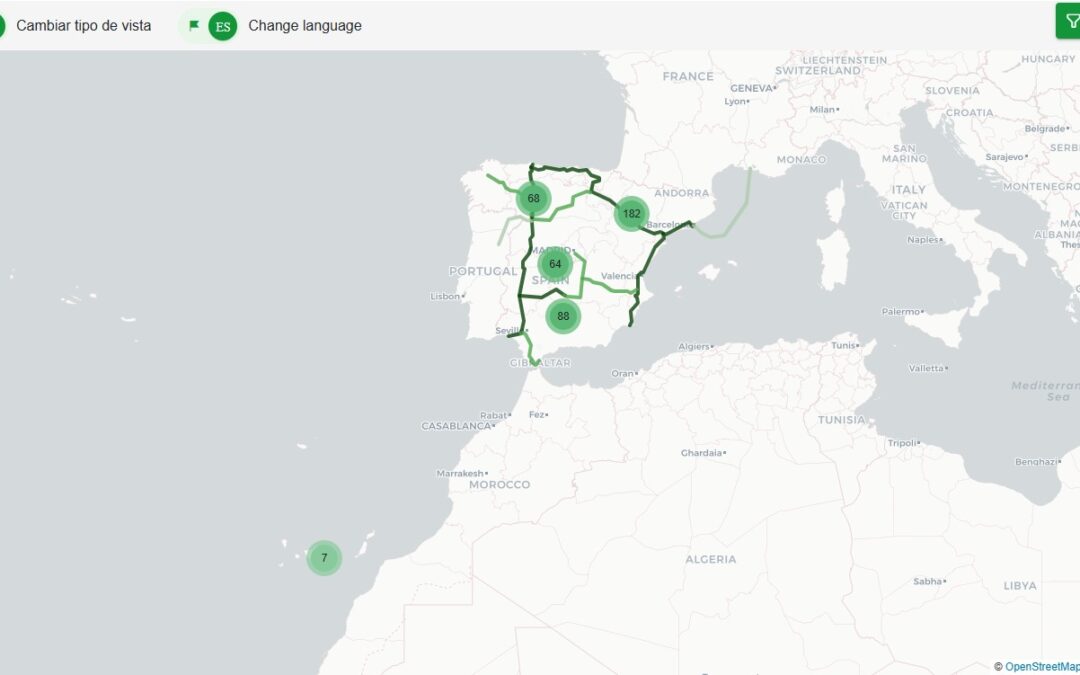
Estimated electrolysis capacity by 2030 stands at 13.3 GW, a figure aligned with the PNIEC target (12 GW) and with the 2026–2030 Electricity Planning Proposal (13.1 GW reserved for renewable hydrogen).

La estimación de capacidad a 2030 se sitúa en 13,3 GW de electrólisis, una cifra alineada con el objetivo del PNIEC (12 GW) y con la propuesta de planificación eléctrica 2026–2030 (13,1 GW reservados para H2 renovable).
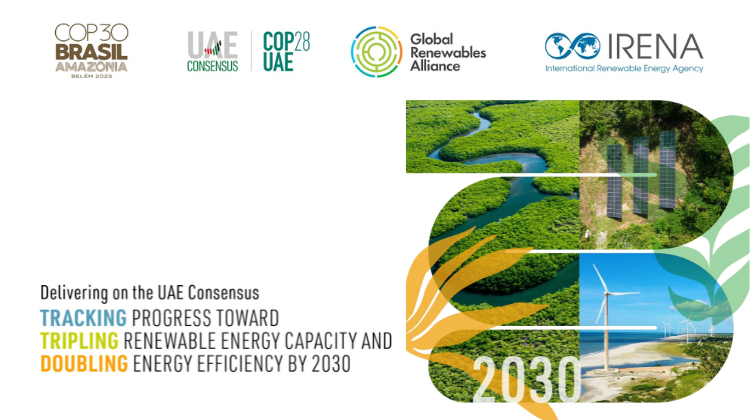
A joint report by IRENA, the COP30 Presidency, and the Global Renewables Alliance reveals that while 582 GW of new renewable capacity were installed in 2024 — a record figure — this growth remains insufficient to meet the goal of tripling global renewables by 2030. The world must now expand capacity by 1,122 GW annually from 2025 onwards, supported by major investments in grids, storage, and energy efficiency.